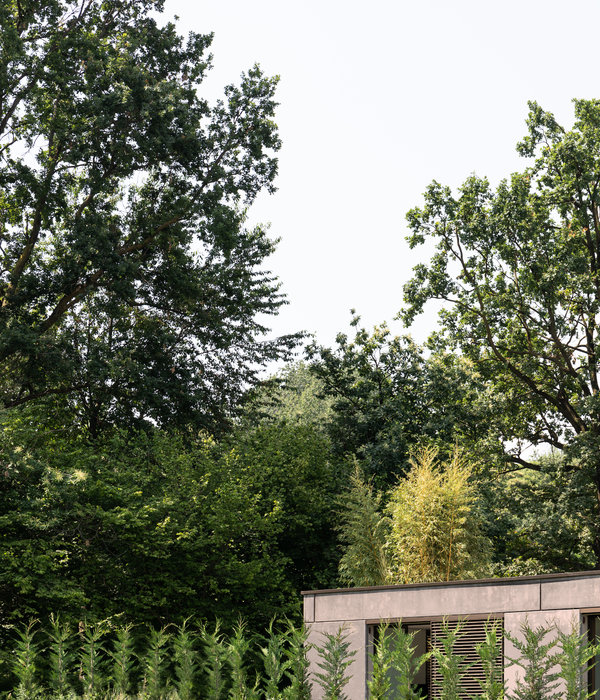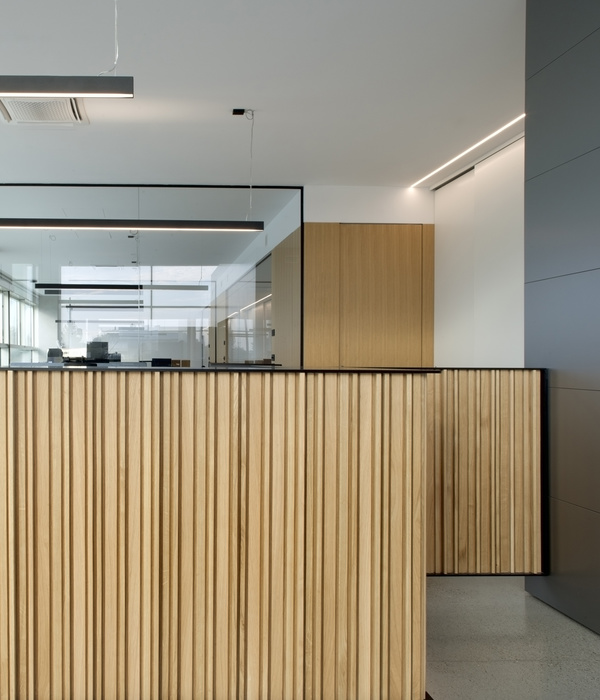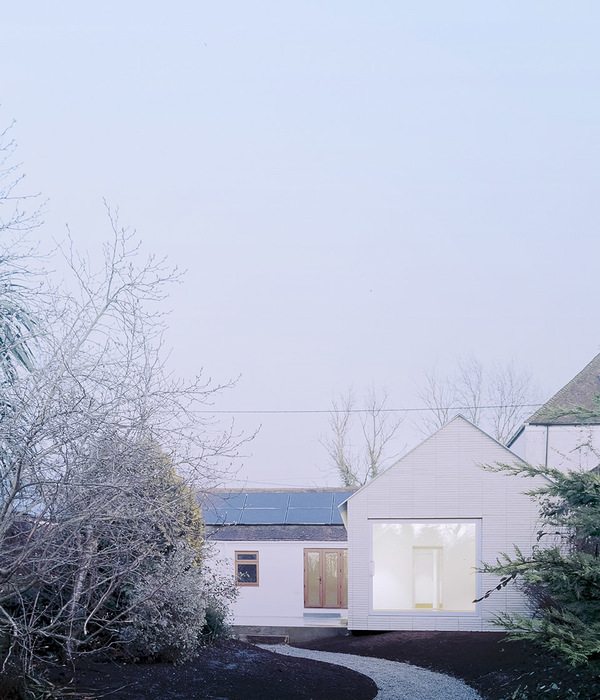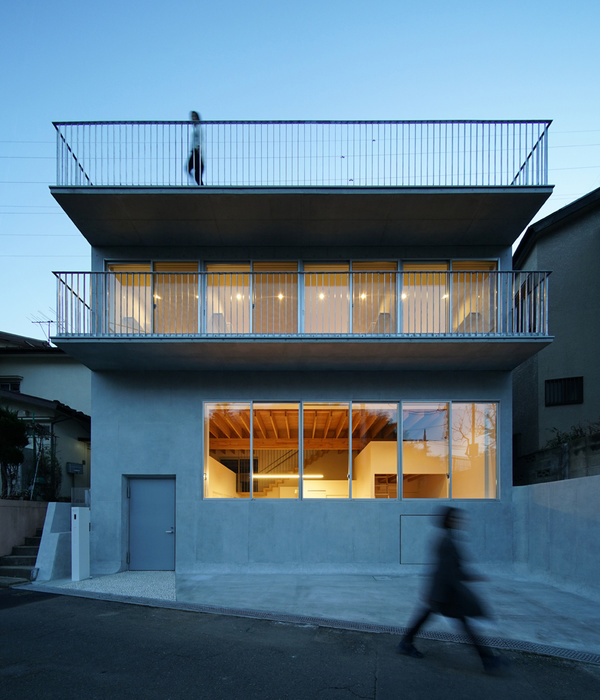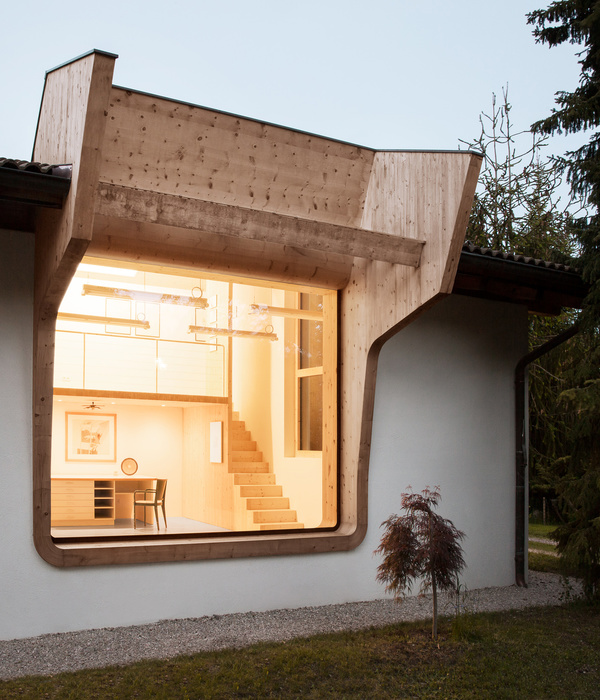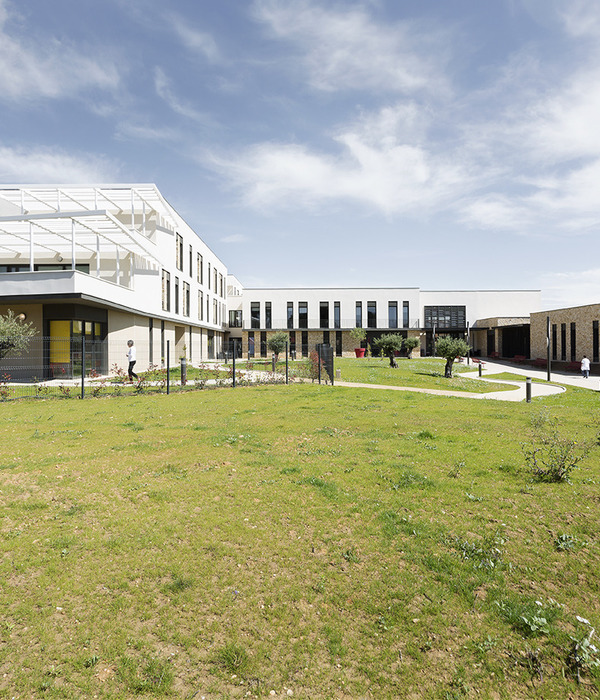In a private urbanization of five lots in front of Lake Calafquén and the Villarrica Volcano in southern Chile, this compact house sits almost like a container, on a wooden structure with minimal intervention in the terrain and the slope. The narrow proportion of the site suggested a small, vertical design that would allow maximizing unobstructed views of the impressive geography while freeing up as much space as possible between neighboring buildings.
As it is a house of sporadic occupancy, the decisions of use, distribution and efficiency are what shape this house. The black metal enclosure is an example of this criterion, its color blends into the shadows of the landscape and protects the wooden structures and interior cladding from rainy weather. On the north facade, the revetment is micro-perforated to graduate solar radiation without losing the visual connection with the landscape.
The social spaces are developed on a first level. Living room, dining room, kitchen and barbecue-terrace are continuously articulated to allow simultaneous activities. On a second level are the bedrooms, protecting the privacy and silence of the inhabitants. Both levels communicate visually and participate in the vertical magnitude that occurs in the exterior space of the terrace.
The body of the project is the result of the synthesis between shapes and subtraction operations. This allows to silently confront geography and to discover new relations with the landscape from within the space.
{{item.text_origin}}

